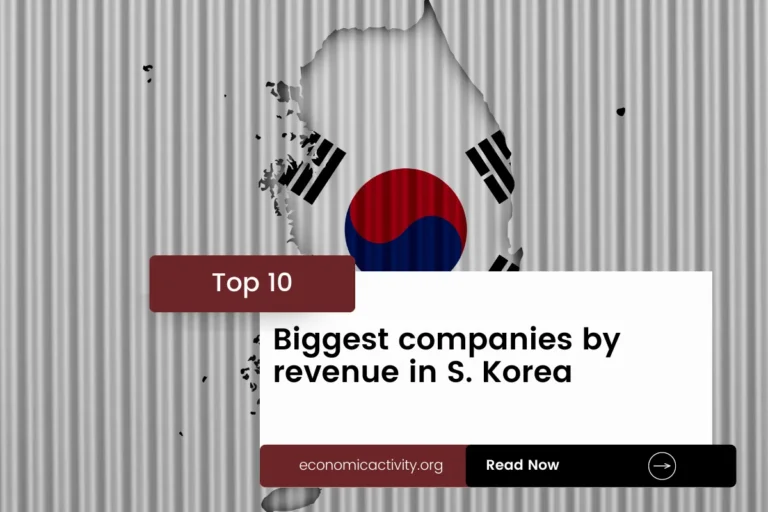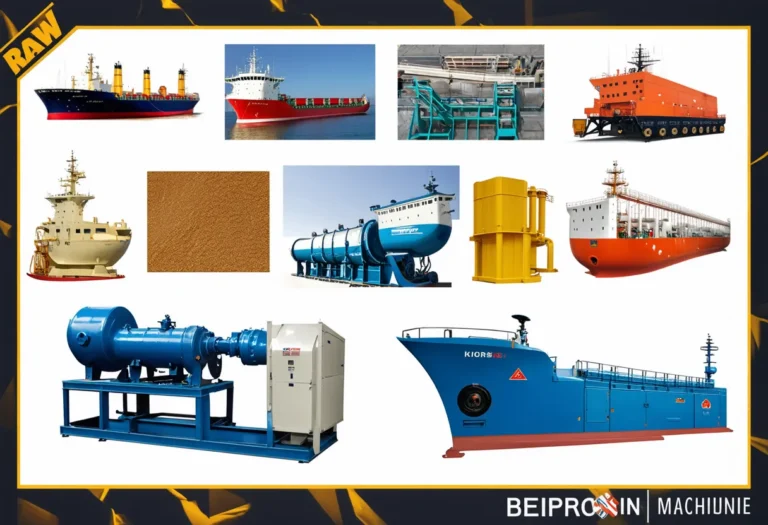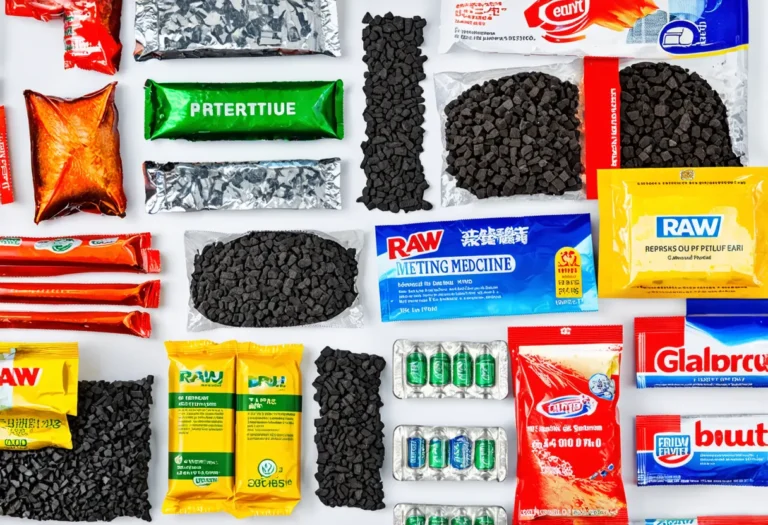Nicaragua, with a population of 6,948,392, ranks 101st globally, just behind Hong Kong SAR, China. Located in Central America, it covers 130,370 sq. km, ranking 94th worldwide, slightly below Greece.
Nicaragua’s economic position in 2022 is marked by a GDP of $15,671,583,939.99, ranking it at 129th globally. It follows Congo, Rep., with a GDP of $15,816,996,654.58. In terms of GDP per capita, Nicaragua stands at $2,255.43, placing it at 142nd worldwide.
It lags behind Sao Tome and Principe, whose GDP per capita is $2,386.70. Nicaragua’s economy shows potential for growth and development, with opportunities to enhance its economic indicators in the coming years.
What are the economic activities of Nicaragua?
- Primary activities: 15.5% of GDP.
- Secondary activities: 24.4% of GDP.
- Tertiary activities: 60% of GDP.

Primary Sector of Nicaragua
In Nicaragua, the primary sector, particularly agriculture, plays a crucial role in the economy. With 42.3% of the land dedicated to agriculture, the country produces a variety of crops and animal products. The main agricultural products include sugarcane, milk, rice, oil palm fruit, maize, plantains, cassava, groundnuts, beans, and coffee.
Despite contributing 15.5% to the GDP, agriculture remains significant due to the diversity of products and the livelihoods it supports. The sector’s resilience is supported by the favorable climate and abundant natural resources in the country.
The country boasts a diverse geological landscape, resulting in rich natural resources like gold, silver, copper, tungsten, lead, zinc, timber, and fish. These resources play a vital role in the economy, driving industries and providing employment opportunities in the primary sector.
Secondary Sector of Nicaragua
What is the secondary sector or what are secondary activities?
The secondary sector consists of industries that transform raw materials into finished products for consumption. In Nicaragua, industrial products include food processing, chemicals, machinery, metal products, apparel, petroleum refining, beverages, footwear, wood products, and electric wire harness manufacturing.
Manufactures in Nicaragua’s total exports in 2023 accounted for 38.65%, indicating their significant but not sole importance in the country’s export economy.
Tertiary sector of Nicaragua
What is the tertiary sector or what are tertiary activities?
The tertiary sector in Nicaragua encompasses various services where individuals provide knowledge and time to enhance productivity and meet needs. This sector involves intangible goods like advice and expertise, benefiting both consumers and businesses. Key tertiary activities in Nicaragua include restaurants, healthcare and medical care, education and training, banking and finance, communication and information exchange, media production and distribution, and tourism and hospitality.
Among these, Nicaragua’s economy heavily relies on tourism, contributing significantly to its annual revenue. With 1,455,000 annual arrivals, accounting for 0.2094 arrivals per capita, popular destinations like the colonial city of Granada and the stunning Corn Islands attract visitors, bolstering the country’s economic growth.
Another example of tertiary economic activity is the mobile cellular sector, with approximately 6.7 million subscriptions, supporting technological growth by enhancing communication, fostering innovation, and driving digital services.
Military Activities and Economic Sectors of Nicaragua
The military is a clear example of how different economic activities work together. In the primary sector, resources are extracted for military use, like metals for weapons. The secondary sector focuses on manufacturing military equipment, such as vehicles and uniforms. The tertiary sector includes various services provided by the military, while the quaternary sector involves research and development for new technologies. Lastly, the quinary sector deals with high-level military decision-making and strategy.
In Nicaragua, the military expenditure for 2023 is 94.4 million US dollars, which is 0.53% of the country’s GDP. The active military force consists of 12,000 personnel, resulting in 2 active military members for every 1,000 people in the population. This data shows how military activities connect with the economy and society.
Biggest company in Nicaragua
Which is the biggest company in Nicaragua? The largest is Dangote Cement, valued at approximately 11.68 billion USD. It operates in the materials industry, focusing on cement production, which is crucial for construction and infrastructure. Dangote Cement was founded in 2014.
International Trade of Nicaragua
Import Activities of Nicaragua

Nicaragua’s import activities are of high importance, accounting for 65.40% of GDP, totaling $10,911,889,588.54 in 2023.
Nicaragua’s key imports include garments, refined petroleum, fabric, plastic products, and crude petroleum. The country’s major import partners are the US (26%), China (11%), Honduras (10%), Guatemala (9%), and Mexico (9%). These imports play a crucial role in supporting various sectors of the economy and meeting domestic demand for essential goods and materials.
Exports Activities of Nicaragua

In Nicaragua, exports totaled $7.38 billion in 2023, accounting for nearly 50% of the GDP. This high percentage highlights the critical importance of export activities in driving the country’s economic growth and stability.
Nicaragua’s export activities are primarily focused on garments, gold, coffee, insulated wire, and beef. The country’s top export partner is the US, accounting for 52% of exports, followed by Mexico at 12%, Honduras at 7%, El Salvador at 6%, and Costa Rica at 3%.
Nicaragua economy challenges in 2024
Nicaragua, a low-income Central American economy, faces challenges in 2024. Struggles from COVID-19, political instability, and hurricanes persist. Remittances are vital, but poverty and food scarcity are rising. Sanctions hinder investment, impacting the country’s recovery.




Leave a Reply